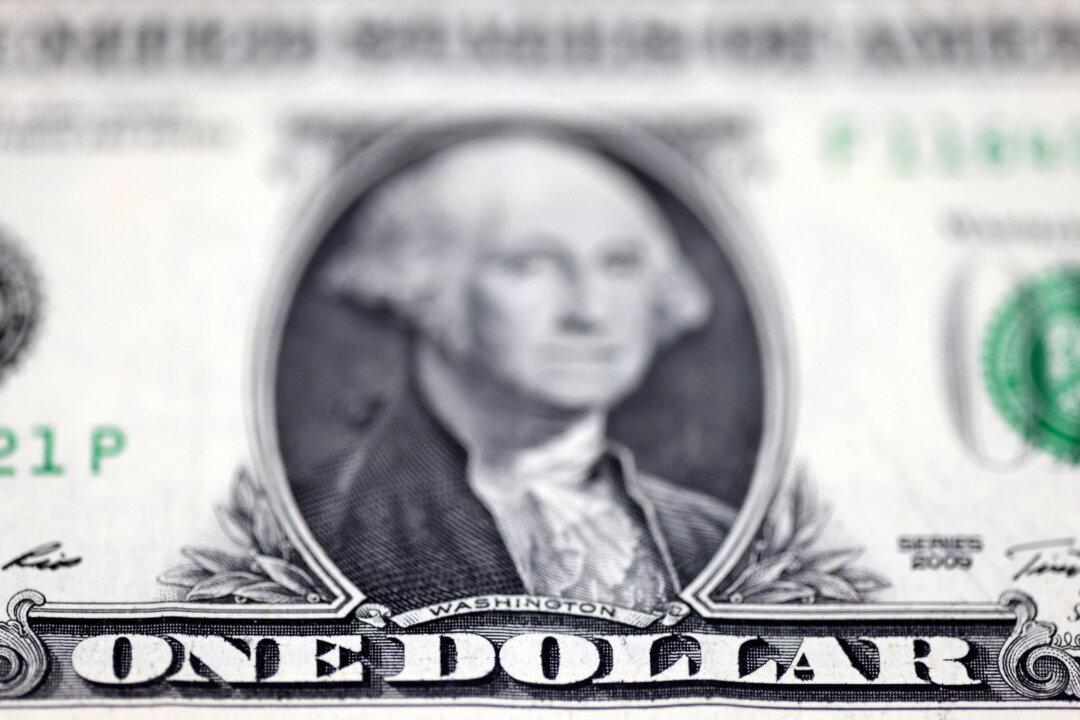SINGAPORE/LONDON—The dollar dipped on Wednesday with investors expecting U.S. inflation data out later in the day to hold some clues on how soon U.S. interest rates will peak.
Against a basket of currencies, the U.S. dollar index fell 0.1 percent to 102.02.





